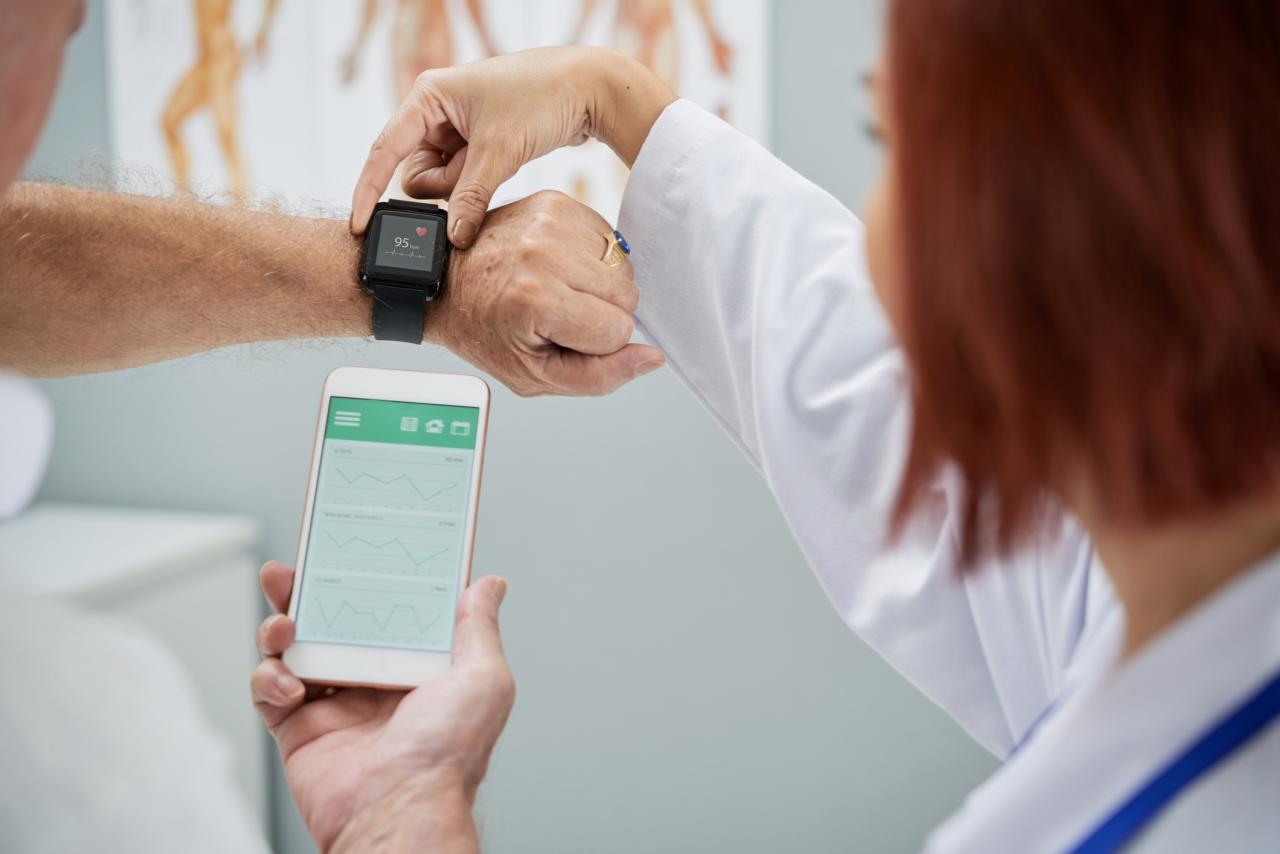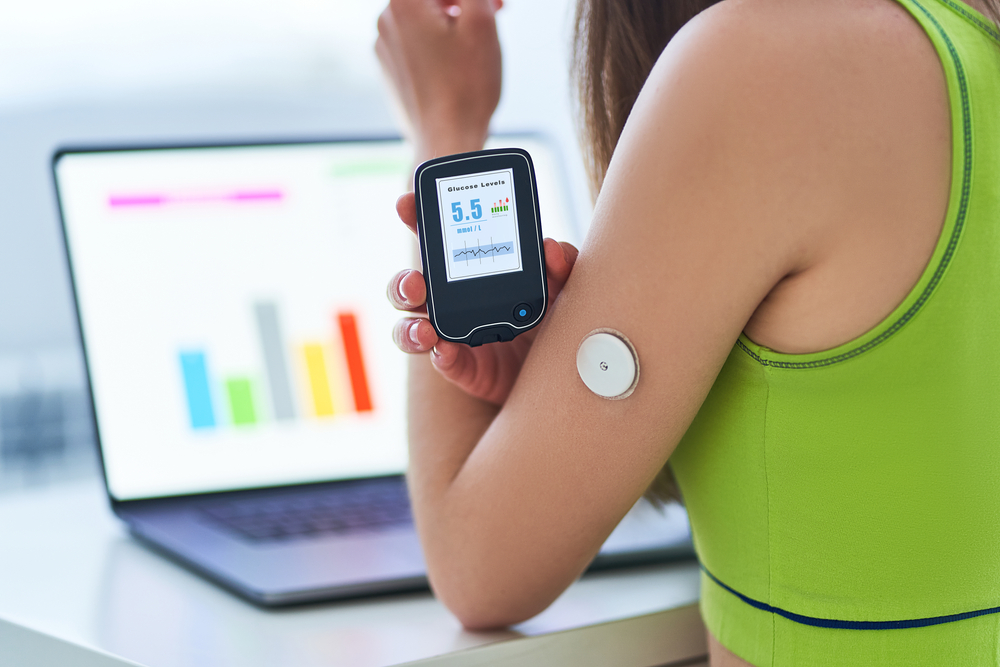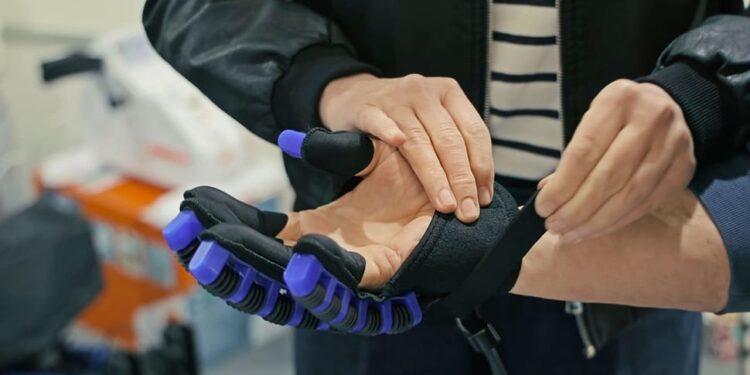In the digital age, the line between our technology and our biology is becoming increasingly blurred. What began as a simple step counter has evolved into a sophisticated health monitoring system, a device on our wrists that is quietly and continuously gathering a wealth of data about our bodies. Wearable technology, from smartwatches to fitness trackers and smart rings, is no longer just a gadget for the tech-savvy; it is a powerful tool at the forefront of a revolution in personalized health. This comprehensive article delves into the transformative impact of wearable tech on health monitoring, exploring the advanced technologies that enable this new era of self-care, the profound benefits for both individuals and the medical community, and the exciting future that lies ahead as these devices become even more integrated into our lives.
For centuries, our understanding of our own health was largely reactive. We would visit a doctor only when we felt ill, and a single snapshot of our vitals—a blood pressure reading, a heart rate check—would be taken during an annual physical. This approach, while effective, provides an incomplete picture. It misses the subtle, continuous changes in our bodies that can signal the onset of a problem long before symptoms appear. Wearable technology addresses this gap by providing a constant stream of real-time health data, creating a personalized, longitudinal record of our well-being. This shift from reactive to proactive healthcare is not just a change in methodology; it is a fundamental change in our relationship with our own bodies.
The market for wearable health tech has exploded, with devices from companies like Apple, Fitbit, Samsung, and Garmin becoming ubiquitous. These devices are equipped with an impressive array of sensors that can measure everything from our heart rate and blood oxygen levels to our sleep cycles and stress levels. The data collected is not just for our own curiosity; it is being used by researchers, doctors, and health professionals to gain new insights into human health and disease. It is providing a level of detail and personalization that was once the exclusive domain of a hospital setting, all in the convenience of a device we wear every day. As the technology becomes more accurate, more powerful, and more integrated, it is set to change the way we prevent, diagnose, and manage a wide range of health conditions.
The Technological Foundation

The ability of wearable tech to monitor our health is built on a foundation of sophisticated sensors and intelligent software. Here are some of the key technologies driving this revolution.
A. Optical Heart Rate Sensors
The most common sensor in wearable tech is the optical heart rate sensor, often found on the back of a smartwatch. It uses green LED lights to shine on the skin and a photodiode to measure the light reflected back. Blood is red and absorbs green light, so as blood flows through the wrist, the sensor can detect changes in the light absorption. By measuring the frequency of these changes, the device can accurately calculate your heart rate. This technology allows for continuous heart rate monitoring throughout the day, during exercise, and even while you sleep.
B. ECG (Electrocardiogram) Sensors
More advanced smartwatches are equipped with an ECG sensor, which can perform an electrocardiogram from your wrist. While not as detailed as a clinical ECG, it can detect and record the electrical signals from your heart, providing a more detailed picture of its health. This technology has been a game-changer, allowing users to detect irregularities in their heart rhythm, such as atrial fibrillation (AFib), and share the results directly with their doctor. This has led to countless stories of wearable tech alerting individuals to a potential health problem before they had any symptoms.
C. SpO2 Sensors for Blood Oxygen Monitoring
The SpO2 sensor (also known as a pulse oximeter) is a crucial tool for monitoring a person’s oxygen saturation levels in their blood. Similar to a heart rate sensor, it uses light—in this case, red and infrared—to measure how much oxygen is being carried by the hemoglobin in your red blood cells. A healthy SpO2 level is a key indicator of respiratory health. This technology is particularly useful for tracking sleep apnea, as a drop in oxygen levels during sleep can be a sign of the condition, and it also gained prominence during the COVID-19 pandemic as a way to monitor respiratory function.
D. Accelerometers, Gyroscopes, and Sleep Tracking
Wearable tech is packed with accelerometers and gyroscopes, the same sensors found in smartphones. These sensors can track movement, which is essential for counting steps, detecting falls, and analyzing sleep patterns. By combining data from these sensors with heart rate and SpO2 readings, the device can generate a detailed picture of your sleep cycles—light, deep, and REM sleep—and provide insights into the quality of your rest. This data can be invaluable for identifying sleep disorders and making lifestyle changes to improve sleep hygiene, which is a critical component of overall health.
The Profound Benefits of Wearable Tech in Healthcare
The data and insights provided by wearable tech are not just interesting; they are having a real, measurable impact on health outcomes and the medical industry.
A. Empowering Individuals with Proactive Health Data
Wearable technology puts the power of health data directly into the hands of the individual. Users can monitor their own progress toward fitness goals, track their sleep quality, and understand how their daily activities affect their body. This a newfound sense of self-awareness and accountability, which can lead to healthier choices and a more proactive approach to well-being. It transforms a passive relationship with health into an active partnership, with the individual at the center.
B. Early Detection of Potential Health Issues
Perhaps the most significant benefit of continuous health monitoring is the potential for early detection. Wearable devices can flag subtle, long-term trends in a person’s vitals that might not be noticed during a routine doctor’s visit. A consistent pattern of irregular heartbeats, a sudden drop in blood oxygen levels during the night, or a gradual change in heart rate variability could be an early warning sign of a serious health condition. This has led to numerous real-world cases where a smartwatch has prompted a user to seek medical attention, potentially saving their life.
C. Bridging the Gap Between Patients and Doctors
Wearable technology is creating a new link between patients and their healthcare providers. Users can easily share their continuous health data with their doctor, providing a rich, real-time picture of their health that is far more comprehensive than a single check-up. This allows doctors to make more informed decisions about treatment, better manage chronic conditions like hypertension and diabetes, and tailor health advice to an individual’s specific lifestyle and body. It’s a shift from episodic care to a more continuous, data-driven approach to medicine.
D. Advancing Medical Research and Clinical Trials
The massive, anonymized datasets being generated by millions of wearable devices are a treasure trove for medical researchers. This data can be used to study population-level health trends, understand the progression of diseases, and test the effectiveness of new treatments and therapies. It allows for research on a scale that was once impossible, providing new insights into everything from the impact of sleep on mental health to the early indicators of a viral outbreak. Wearable tech is not just helping individuals; it is helping to advance the entire field of medicine.
The Future of Wearable Health

The current generation of wearable health tech is just the beginning. The future promises even more advanced, more integrated, and more powerful devices.
A. Non-Invasive Continuous Glucose Monitoring
For the millions of people with diabetes, monitoring blood sugar levels is a constant, often painful task. The holy grail of wearable health tech is non-invasive continuous glucose monitoring, a device that can accurately measure blood sugar levels without the need for a finger prick. Companies are pouring billions into this technology, and its breakthrough will be a game-changer for diabetes management, allowing for real-time monitoring and proactive interventions.
B. Integration with Smart Clothing and Smart Patches
The future of wearable health won’t be limited to a device on your wrist. We can expect to see sensors seamlessly integrated into smart clothing, from shirts that monitor heart rate and respiration to socks that track foot pressure and gait. Smart patches—disposable adhesive sensors that can be worn on the skin—will be able to provide a continuous stream of data, from body temperature to sweat composition, with the potential for in-body sensors that can provide even more detailed insights.
C. Predictive Health and AI-Driven Insights
The next generation of wearable tech will move beyond simply collecting data to providing predictive health insights. By leveraging artificial intelligence and machine learning, a device will be able to analyze your personal health data and identify patterns that could indicate a future health risk. It might alert you to a potential illness a week before you feel any symptoms, or provide personalized recommendations for lifestyle changes that could prevent a disease from developing. The technology will not just tell you what’s happening now; it will help you prepare for the future.
D. The Ethical Considerations of Health Data
As wearable tech becomes more powerful and collects more intimate health data, the ethical considerations will become more pressing. Questions of data privacy, security, and ownership will be paramount. Who has access to your health data? Can it be used by insurance companies or employers? We will need to establish clear regulations and ethical guidelines to ensure this powerful technology is used to empower individuals, not exploit them.
Conclusion
In conclusion, wearable technology has evolved from a simple novelty to an indispensable tool that is fundamentally reshaping our approach to health and wellness. By providing a continuous, real-time stream of personal health data, these devices have empowered individuals to take a proactive role in their own well-being, moving us away from a reactive model of healthcare and toward a future of continuous, personalized care. The technological innovations—from optical heart rate and ECG sensors to blood oxygen and sleep trackers—have made this revolution possible, and the benefits are being felt by individuals, doctors, and the entire medical research community.
The impact of this technology is profound. It is enabling the early detection of serious health conditions, in some cases saving lives by alerting users to problems long before symptoms would have appeared. It is creating a new, data-rich dialogue between patients and doctors, leading to more informed decisions and better management of chronic diseases. And it is providing a wealth of anonymized data that is accelerating medical research and our understanding of human health on a population level.
This is just the beginning. The future of wearable health promises even more powerful and integrated technologies, from non-invasive glucose monitoring to smart clothing and AI-driven predictive insights. As these devices become more advanced, the ethical questions around data privacy and security will become more critical. However, if we navigate these challenges with care, the future is bright. Wearable tech has shown us that the most powerful tool for our health may not be found in a hospital, but on our own wrist, giving us the knowledge and power to live healthier, longer, and more informed lives.
Technology



